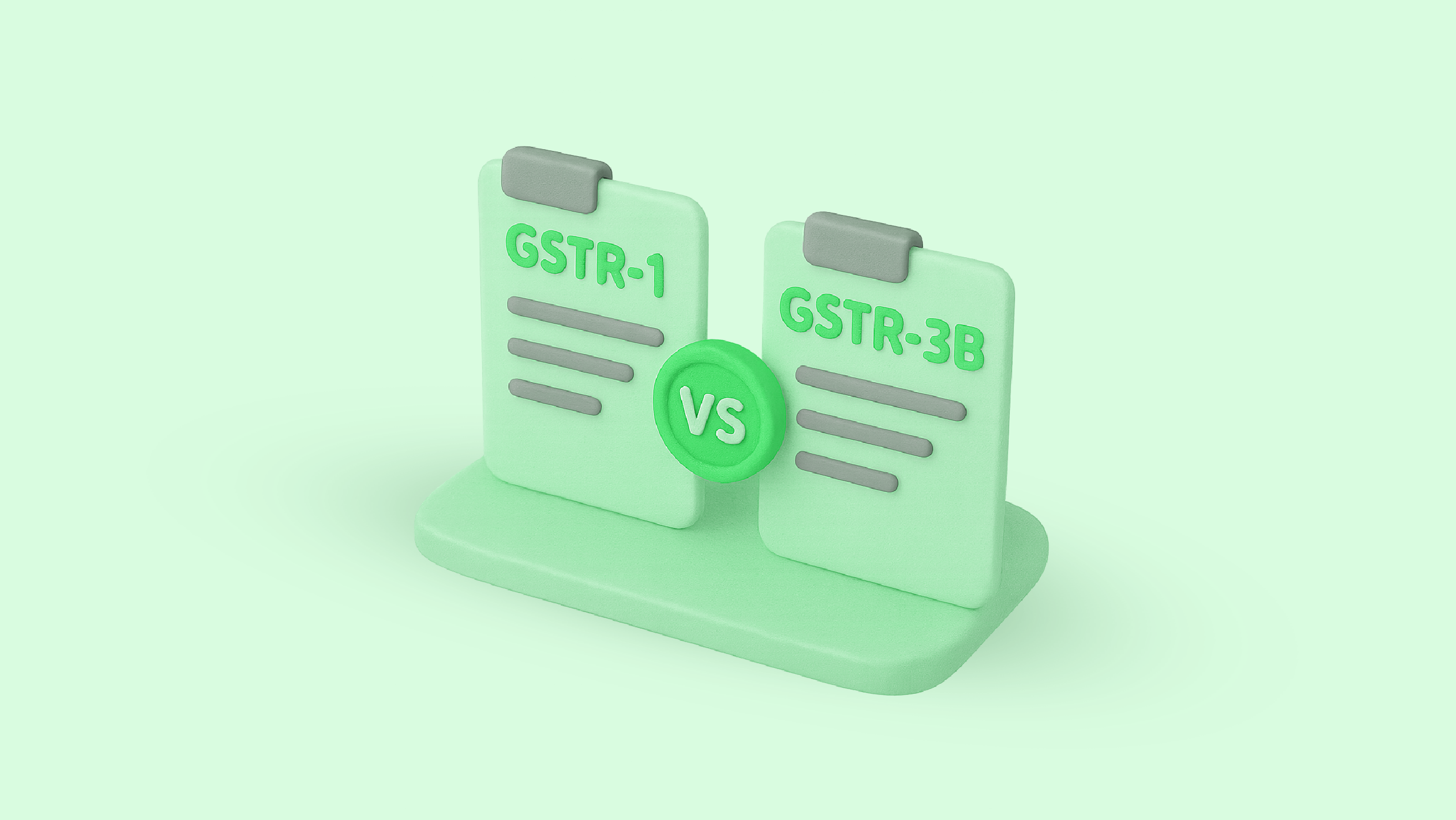For businesses registered under GST, annual return filing is a key compliance requirement. Among the forms involved, GSTR9 and GSTR9C often cause confusion. Though they sound similar, they serve different purposes. Understanding what is GSTR9 & GSTR9C is essential to avoid mistakes and ensure timely filing.
This article breaks down both forms, explains how they differ, and helps you figure out which one applies to your business.
What is GSTR-9?
GSTR-9 is the annual return that most regular GST-registered taxpayers must file. It is a summary of all monthly or quarterly returns (GSTR-1 and GSTR-3B) filed during the financial year.
This form captures details such as:
- Total outward and inward supplies.
- Tax paid during the year.
- Input tax credit claimed.
- Any demands or refunds.
Filing GSTR-9 helps the government reconcile and cross-check data submitted throughout the year. It is mandatory for businesses with an annual aggregate turnover exceeding ₹2 crore. However, smaller businesses with turnover up to ₹2 crore may choose to file it voluntarily.
The form must be filed by the due date, typically 31st December of the following financial year, unless extended.
What is GSTR-9C?
GSTR-9C is a reconciliation statement that compares the figures in GSTR-9 with the figures in the audited annual financial statements. It is essentially a GST audit form.
This form is applicable only to taxpayers whose turnover exceeds ₹5 crore in a financial year. It must be certified by a Chartered Accountant or Cost Accountant.
The key components of GSTR-9C include:
- Reconciliation of turnover.
- Reconciliation of tax paid.
- Reporting of any additional liability found during reconciliation.
- Auditor’s certification.
In simple terms, while GSTR-9 is a return, GSTR-9C is a detailed audit summary that ensures transparency between your books and your GST filings. Both forms are typically due by 31st December of the following financial year, unless the government extends the deadline.
Key Differences Between GSTR-9 and GSTR-9C
To understand what is GSTR9 and GSTR9C more clearly, here’s a side-by-side comparison:
| Feature | GSTR-9 | GSTR-9C |
| Purpose | Summary of GST returns filed | Reconciliation with audited financials |
| Applicability | Regular taxpayers with an annual aggregate turnover above ₹2 crore | Taxpayers with turnover above ₹5 crore |
| Filing responsibility | Taxpayer | Taxpayer (self-certified) |
| Complexity | Moderate | High due to financial comparison |
| Attachments required | None | Audited financials + Reconciliation statement |
| Objective | Annual GST return | Verification and audit of GSTR-9 data |
While both forms relate to the same financial year, they serve very different functions. One reports; the other verifies.
Common Mistakes to Avoid
When filing either form, accuracy is key. Here are some mistakes businesses should watch out for:
- Filing the wrong form: Many assume GSTR-9C is required for all, but it’s only for those crossing the turnover limit.
- Mismatch in figures: Differences between GSTR-9 and books of accounts, if not reconciled properly, can lead to notices.
- Ignoring amendments: Not including amendments made in previous returns can cause discrepancies.
- Missing deadlines: Late filing may result in penalties, especially for GSTR-9C, which involves audit.
To avoid these errors, maintain proper records throughout the year and work closely with a qualified accountant, especially if you’re required to file GSTR-9C.
How to Know Which One You Need to File
Now that you have clarity on what is GSTR9 and GSTR9C, here’s how you can decide which applies to you:
- Check your annual turnover: If it’s above ₹2 crore, GSTR-9 is generally required. If it’s below, filing may be optional depending on current guidelines.
- If turnover exceeds ₹5 crore: You’ll need to file both GSTR-9 and GSTR-9C, along with a certification by a CA or CMA.
- If your turnover is below ₹2 crore: You may be exempt from filing either, but it’s wise to check the latest notification or consult your tax advisor.
Always review your previous year’s filings and financials to confirm. The requirements can change from one year to the next.
Final Thoughts
Understanding what is GSTR9 and GSTR9C helps you stay compliant and avoid last-minute confusion during the annual return period. While GSTR-9 is a summary return, GSTR-9C serves as a reconciliation tool to ensure your financial records match your GST filings.
If your business crosses the prescribed turnover threshold, make sure to plan ahead—especially for GSTR-9C, which involves audit and professional certification. Keep accurate records, file on time, and seek professional guidance when required.





